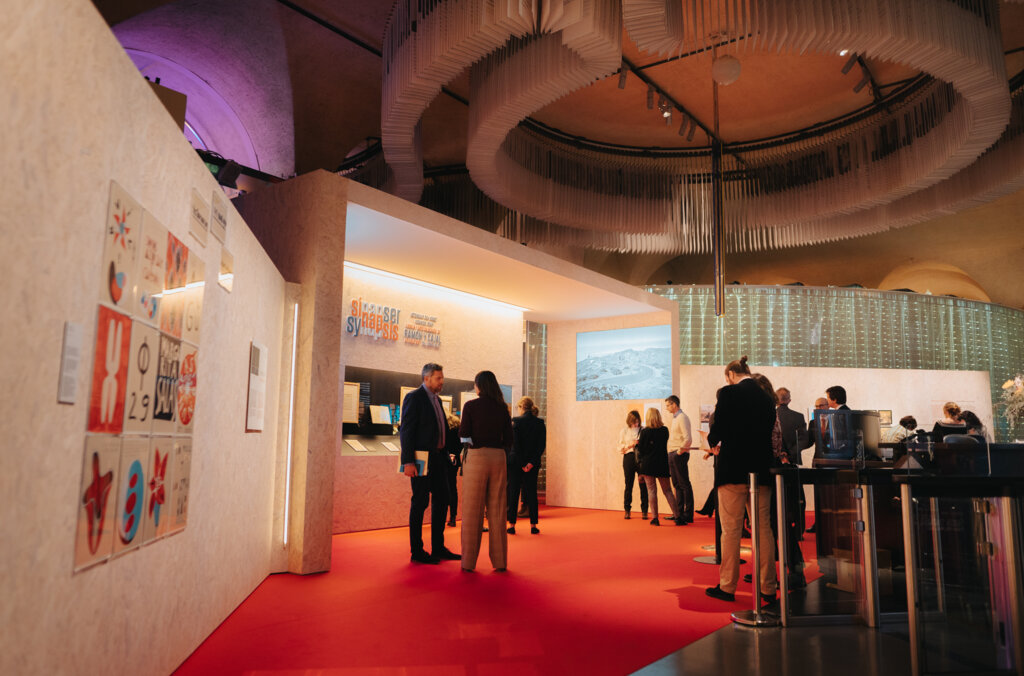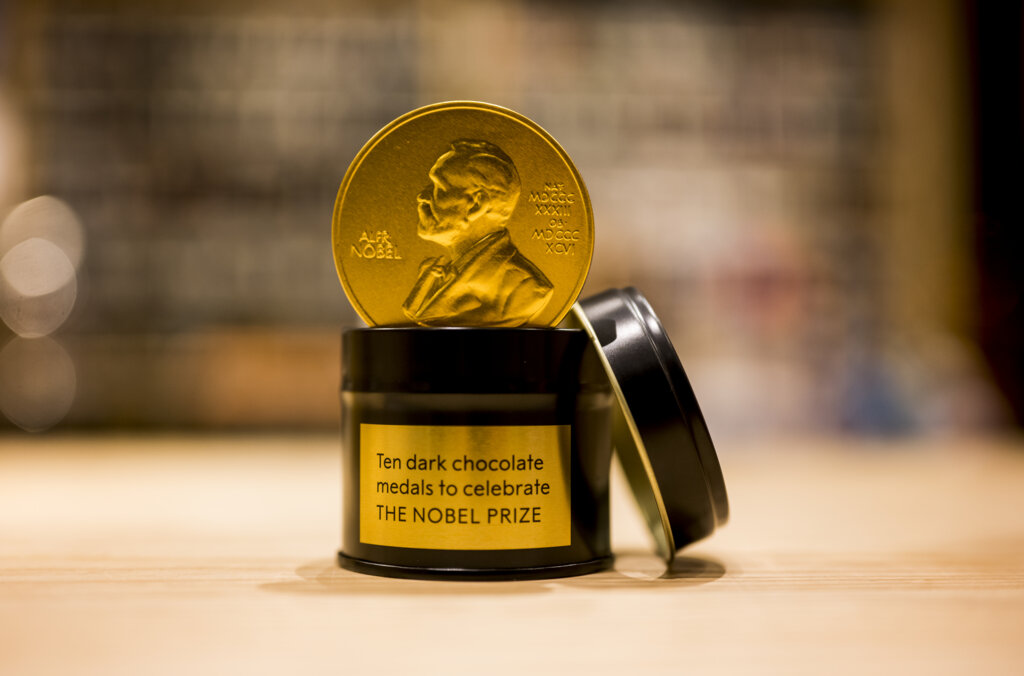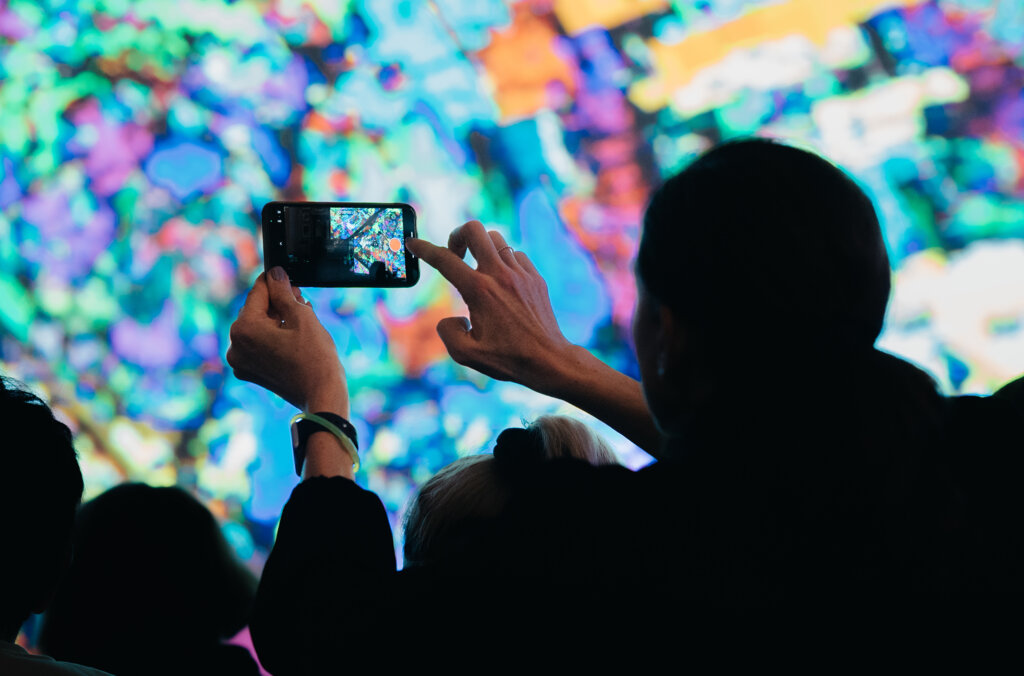
Using staining techniques that allowed cells to be studied under a microscope, Santiago Ramón y Cajal succeeded in mapping different types of nerve cells in the brain. Cajal possessed a distinctive artistic talent and translated what he observed through the microscope into drawings of remarkable clarity.
Cajal’s illustrations are a beautiful example of the fusion between art and science, and were featured in the exhibition Synapses: Science and art in Spain from Ramón y Cajal to the 21st Century.
In addition to Cajal’s drawings, the exhibition also showcased works by figures such as poet Federico García Lorca and artist Salvador Dalí. It also included five contemporary works by artists who have drawn inspiration from Cajal:
• Works by Catalan painter Regina Giménez, inspired by cosmic themes.
• Photographs by José Manuel Ballester, a figurative painter and photographer, depicting the archaeological site of Atapuerca in Spain.
• Photographic works by Carlos A. Schwartz, who visited the observatory in the Canary Islands where solar images are captured through a telescope.
• Photographs by Paula Anta, linked to the video Cajal Blue Brain Project, illustrating the complexity of the brain.
• Images by graphic artist Eva Lootz, inspired by the research of Margarita Salas.
The exhibition was on view from November 25 to December 4, 2021, and was the result of a collaboration between three Spanish ministries: the Ministry of Foreign Affairs and the European Union, the Ministry of Education and Vocational Training, and the Ministry of Science and Innovation, in cooperation with Instituto Cervantes and the Provincial Council of Huesca.
Nobel Prize in physiology or medicine 1906
Santiago Ramón y Cajal was awarded the Nobel Prize in Physiology or Medicine in 1906, together with Italian pathologist Camillo Golgi, “in recognition of their work on the structure of the nervous system.”
Curator: Juan Manuel Bonet, Instituto Cajal
Membership
Become a member,
experience more
Get free admission to the museum, and discounts in the shop and bistro. Enjoy priority access and discounts on concerts, previews, talks, and lectures.


